PRESTO PLANS
Sent straight to your inbox
CLICK HERE TO ACCESS
Sign up to receive 10 ready-to-use ELA resources your students will love!
10 FREE ELA RESOURCES
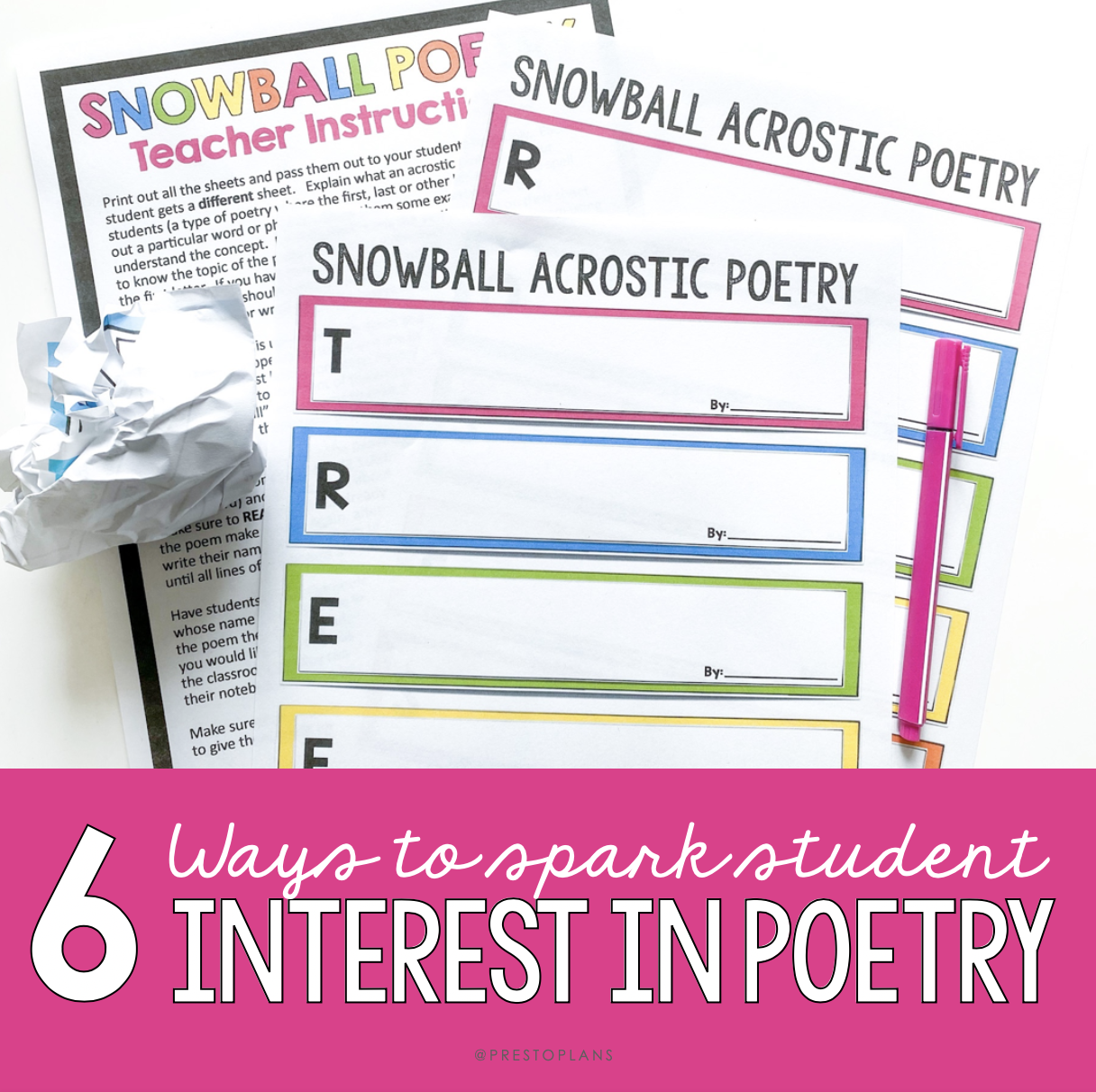
6 Ways to Spark Student Interest in Poetry
Finding ways to engage student interest in poetry can feel like an uphill battle. Each year, we as ELA teachers must climb that steep mountain while pushing in front of us a giant boulder, heavy with terms like “iambic pentameter” and “caesura.”
Let’s be honest: teaching poetry to reluctant students can be exhausting.
It can feel like a slow climb, but each step is worthwhile. Poetry can bring incredible joy to our students’ lives, and we can be the ones to spark that interest for them.
Below you will find my 6 favorite ways to engage student interest in poetry.
1. INTERACTION VS. INTERPRETATION
Students that I’ve taught poetry to in the past seem to have a natural tendency to try and discern what a poem is about—sometimes to the detriment of their overall reading experience. Billy Collins expresses this frustration in Introduction to Poetry.
In the poem, the educator wants the student to “walk inside the poem’s room / and feel the walls for a light switch.” Instead, “they begin beating it with a hose / to find out what it really means.”
This poem expresses one of the main challenges of teaching poetry. However, it can also serve as a solution.
I like to start my poetry units by reading Collins’ poem with the class and allowing it to start a discussion about your students’ previous experiences with poetry as a way of reflecting on where your students stand on the subject.
To get your students to experience a poem more completely, try also focusing on interaction instead of interpretation.
Divide the students into groups, and have each of them respond subjectively to questions like…
- What do you think the poet felt when they wrote this?
- What do you think is the most important line in the poem?
- Which words in the poem stood out to you?
As a class, try to leave aside the language of traditional literary analysis in exchange for open communication about the poem. See what happens.
This FREE Poetry Discussions Questions resource comes with 30 questions designed for this exact purpose.
2. POETRY AND MUSIC
Reluctant students may change their tune about poetry when invited to consider it through the lens of music. The ELA classroom is an entirely appropriate space to discuss our collective passion for song. (After all, Bob Dylan did win the Nobel Prize in Literature.)
How many times have you heard students bonding over music before class, in the hallways, or in the cafeteria? If they are talking about the song lyrics, they are already engaging in a kind of poetic analysis. Make use of this pre-existing interest.
Below are some ways you can use music as poetry in the ELA classroom:
- Bring to class copies of the lyrics to a song you know most of your students will like. Have them discuss in groups—or collectively as a class—the poetic qualities of the words.
- Have students find figurative language in popular music lyrics. I can almost guarantee that your students’ favorite songs are packed with examples of common poetry devices like metaphor, simile, personification, hyperbole, alliteration, and more.
- Have students examine a song they love more deeply and share their analysis or connection with the class.
- Have students create a soundtrack for their life where they choose songs that represent or reflect who they are.
3. SLAM POETRY
You might be surprised to learn that some of your students are already engaging with poetry on a somewhat regular basis—and on their smartphones, at that. Slam poetry has become extremely popular in recent years; many videos have gone viral on various social channels. You might even have students in your group who have participated in slam poetry events. If you don’t have any students courageously offering a free class performance, choose to show one of the many great videos available on YouTube.
Here a couple of examples of slam poems you could use to hook students in:
- Solli Raphael, 12, becomes the youngest winner of Australian Poetry Slam
- Marshall Davis Jones | Touchscreen
You can take it a step further: get your students to try their hand at slam poetry. You can even host a class-wide slam poetry event!
As with music, by integrating slam poetry into your lesson plan, you can provide your students an accessible, meaningful—and entirely legitimate—avenue into the world of poetry.
4. MIXED MEDIA POETRY
Mixed media poetry combines poetry with another expressive medium and it can be a fun way to hook students into poetry by tapping into other mediums they are interested in. This could be the combination of poetry with painting, music, illustration, music, voice, and the list goes on.
Poetry can also be presented through other visual art forms. In a TedTalks speech, former U.S. poet laureate Billy Collins draws on a mixed media version of his poetry to appeal to a wider audience. To do this, he shares visually striking video animations while he reads the poem in the background.
You can find these in his talk entitled Billy Collins: Everyday moments caught in time. You can play this video for the class to incite a fresh kind of analysis from your students. Ask them which animation video or image they found most interesting in the video and have them discuss why it resonated with them.
You can also consider assigning a mixed media poetry project through which your students can merge poetry with their other creative interests.
Here are some mixed media poetry assignment ideas for your class:
- Integrate a poem into a painting or a drawing
- Create an animated PowerPoint slideshow with a poetry reading voice-over
- Glue a collage of relevant pictures around a poem on a single page and have them reflect on their choices
- Present a poem through a digital illustration or video
5. HANDS-ON POETRY EXERCISES
Traditional poetry analysis often doesn’t favor the kinesthetic learner: students who learn best through physical activity. By integrating a hands-on dimension into your poetry lesson, you can further engage these students. Try the cut-up technique: that’s when every word from a printed text—it can be a famous poem—is cut up with scissors and re-arranged into an original poem. Fun fact: Thom Yorke of Radiohead, David Bowie, and William S. Burroughs have each used this technique to great artistic effect.
Not only is this a fun activity for the classroom, but it also will instill a sense of craft—and materiality—into the students’ understanding of poetry. It will give them a fresh perspective on poetic language. I adopt a similar approach in the Robert Frost Rearranged: The Road Not Taken Activity.
Here’s how the Robert Frost Rearranged activity works:
- Students read and write down their interpretation of Robert Frost’s classic poem “The Road Not Taken.”
- Then, they cut up the poem so that every single word exists independently from the others.
- From there, they rearrange the words to create a new poem consisting entirely of Frost’s original words.
Another activity that will engage student interest in poetry for your kinesthetic learners is the collaborative Snowball Poetry Writing activity. This activity combines collaboration and acrostic poetry.
Here’s how it works:
- Each student gets a sheet with a topic (D-R-E-A-M, for example) written vertically down the left-hand side.
- The student writes a line in the space provided on the right side of their first individual letter (D, in this case).
- Then, they crumple the paper and throw it to the front of the classroom and retrieve another ‘Snowball’ that has undergone the same process.
- Their new sheet will contain a new topic (R-O-S-E, let’s say). They read the previous line (beginning with R) and write their own next to the O.
- This continues. Once a sheet is filled, it is returned to the first person who completes a good copy of the poem.
My Snowball Acrostic Poetry resource comes ready with 31 pages each with different topics. If you’re interested in applying the Snowball Writing exercise to narrative writing, you can read about that here.
6. ESCAPE ROOM ACTIVITY
Anyone who knows me knows that I love escape rooms! By their fast rise in popularity, it’s obvious I’m not the only one. But beyond being an addictingly fun social activity, the concept of the escape room can also be used in the classroom as an entertaining way to introduce students to the skills they need to learn in the poetry unit.
Leading an ELA escape room activity can be an especially great way to get the students to apply their understanding of something essential to poetry: figurative language. You can create challenges based on literary terms like simile, metaphor, onomatopoeia, personification, alliteration, etc. Or you can use my Figurative Language Escape Room Activity, a resource designed specifically for this.
You might also try making an escape room poetry activity through a combination of these six suggestions. You can include music-related challenges or have the students rearrange a cut-up poem into its original order.
In any case, I hope that this article has helped you to escape some of the common pitfalls of introducing poetry. Most of all, I hope that in working to engage student interest in poetry, you are further along on your own journey to its summit.

Search the blog for what you are teaching
GIVEAWAYS
sent straight to your inbox!
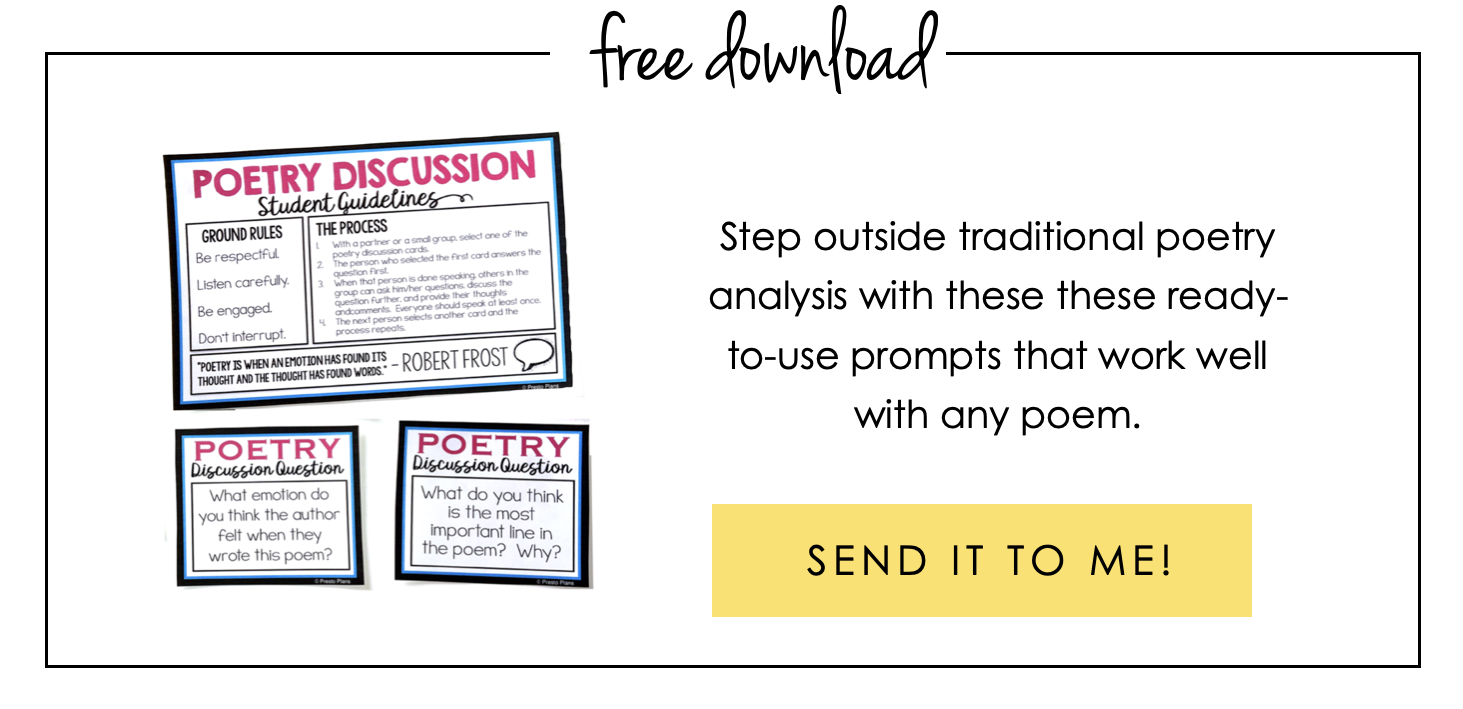
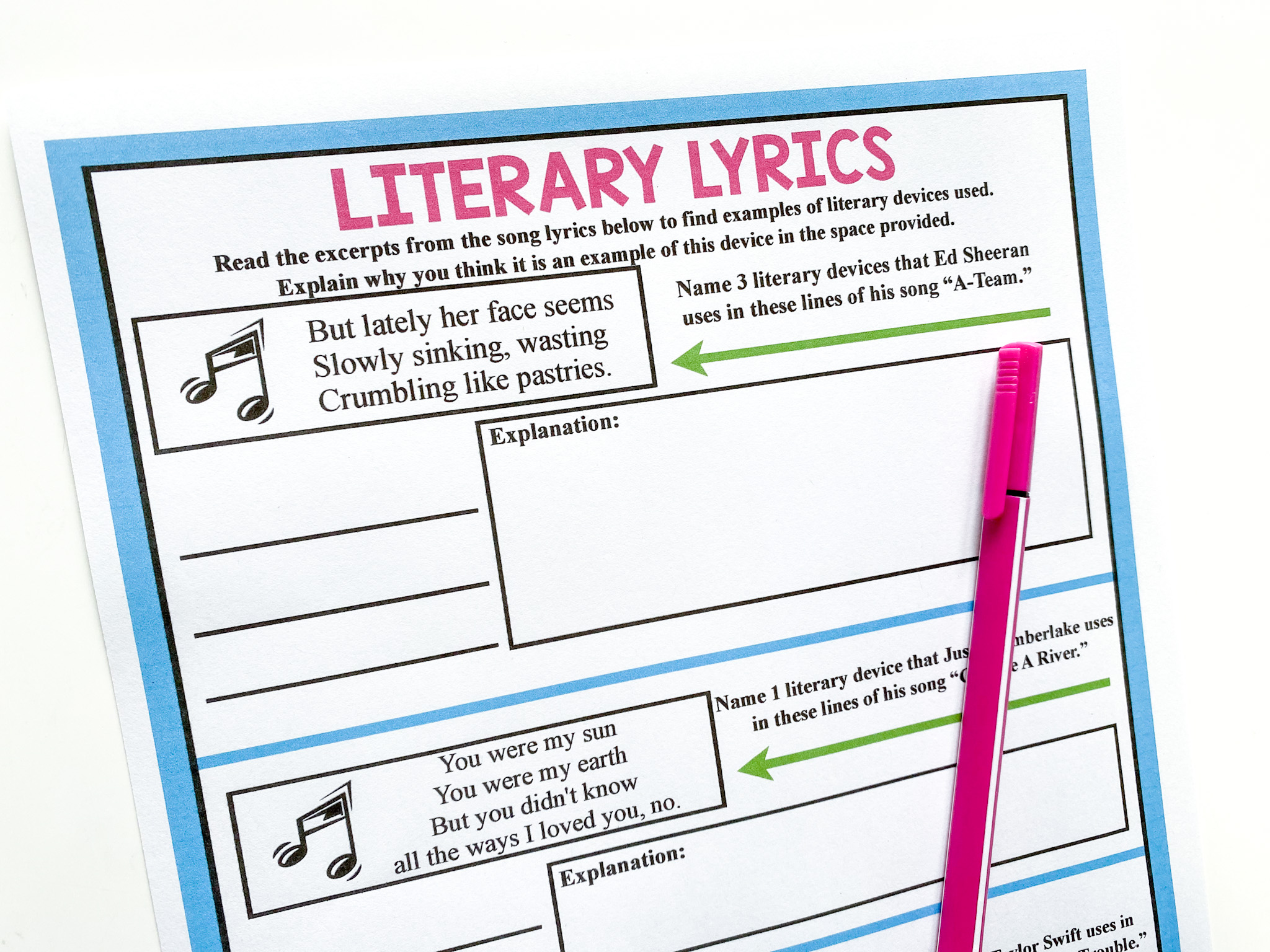
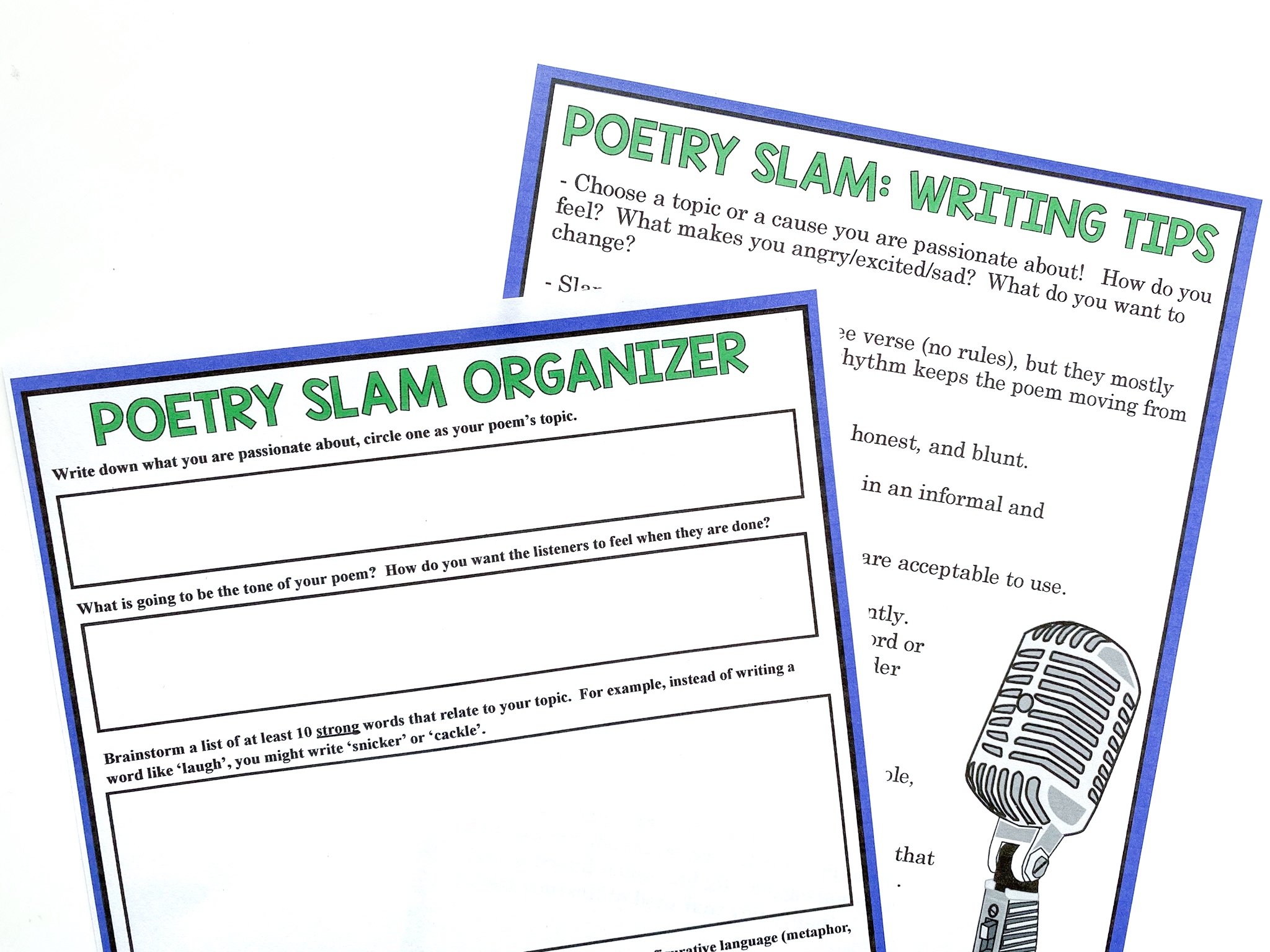
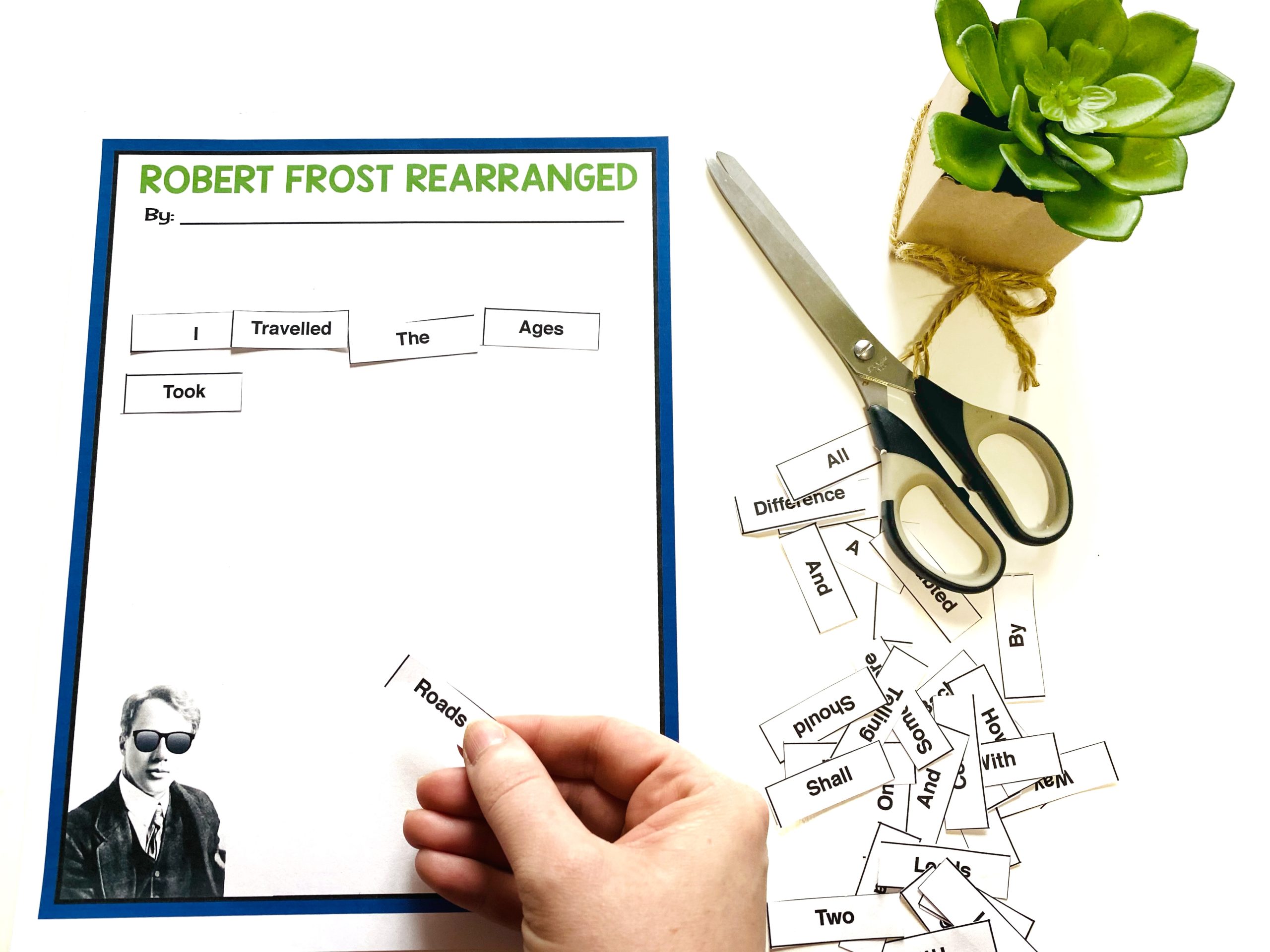
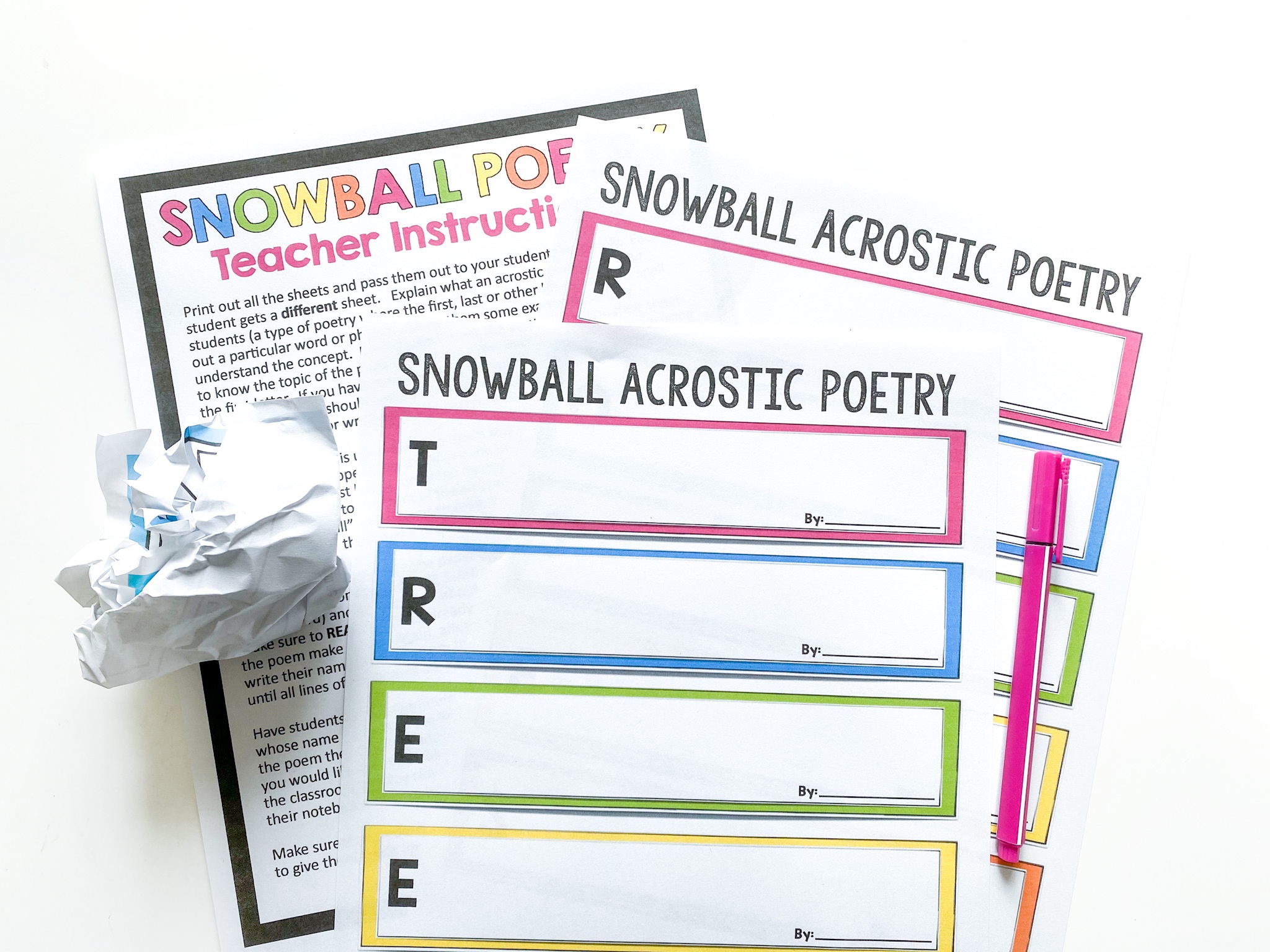
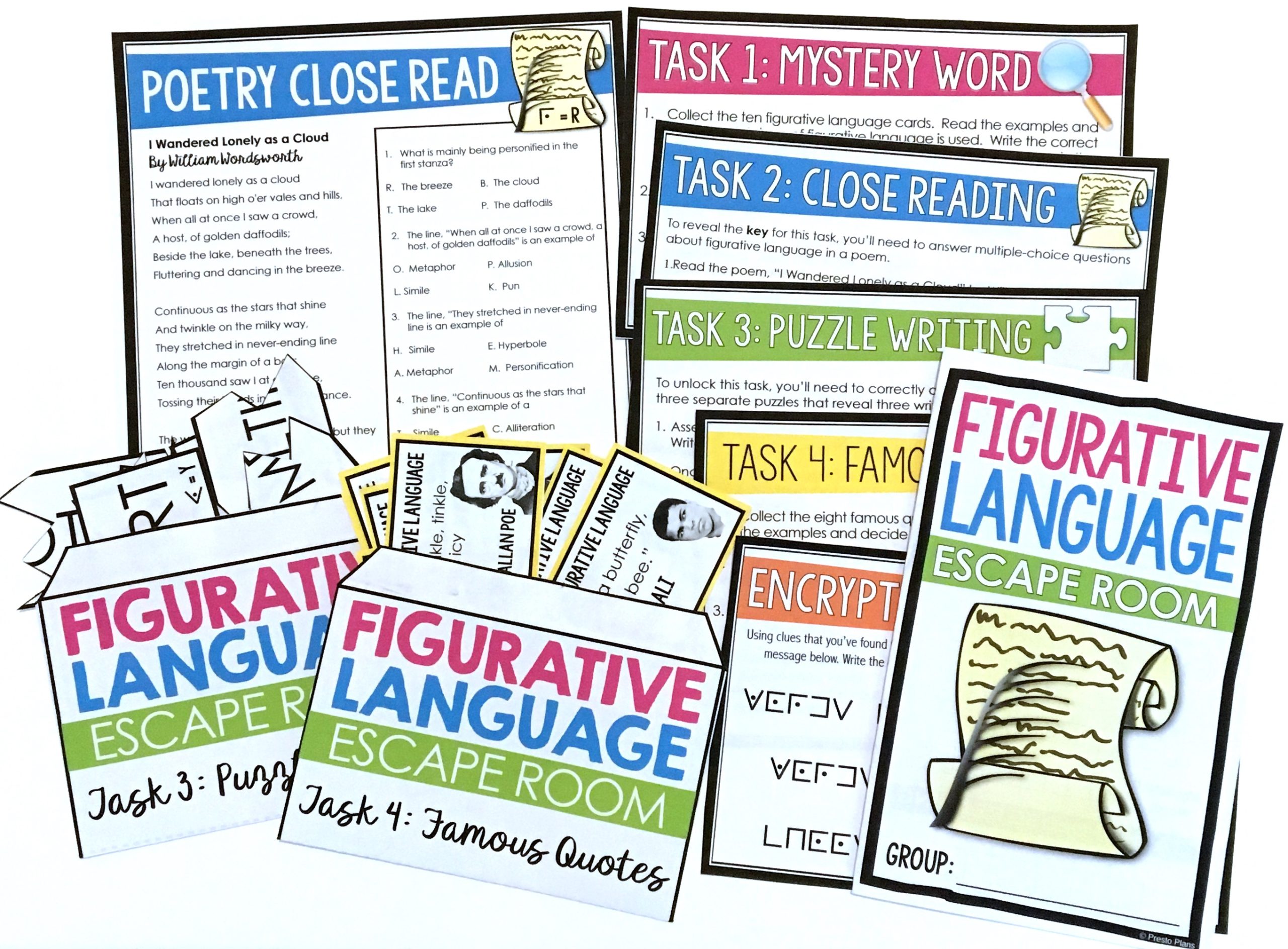







share this post